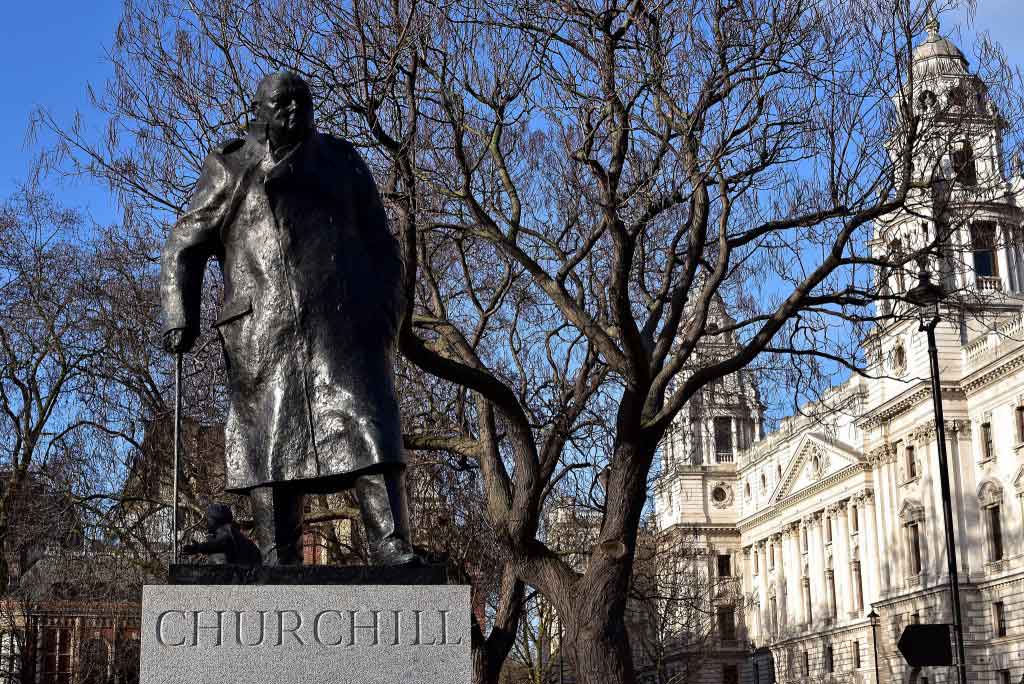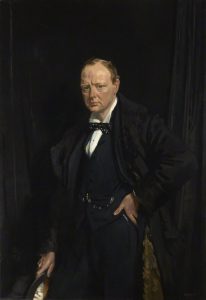StoryLine
World War II

Winston Churchill, Parliament Square, London © Sue Lowry & Magellan PR
January 1, 1970
Rationing was introduced again in World War II.
Initially, butter, sugar, bacon and ham were rationed in January 1940 and, later that year, tea was included. Rationing became even more severe in 1942 so that by August of that year almost all foods – including meat, jam, biscuits, breakfast cereals, eggs, lard, milk and canned and dried fruit – were rationed. Instead of real eggs many people had to make do with ‘dried eggs’ imported from the USA. Creative housewives substituted plain ingredients for luxuries, leading to delicacies such as carrot jam and oatmeal sausages.
Originally published in 1941 (and recently reissued),Good Fare: A Book of Wartime Recipes offers an insight into how Britain really ate in wartime.
‘Spam’, developed in the US in the 40s, became an iconic symbol of the worst period of food shortage in the twentieth century.
To read more about how rationing varied between rich and poor, town and country, and how ingenuous cooks made the most of ingredient like spam, see Spam, Spuds and Eating For Victory.
Subscribe
WANT MORE?
Get the Churchill Bulletin delivered to your inbox once a month.





